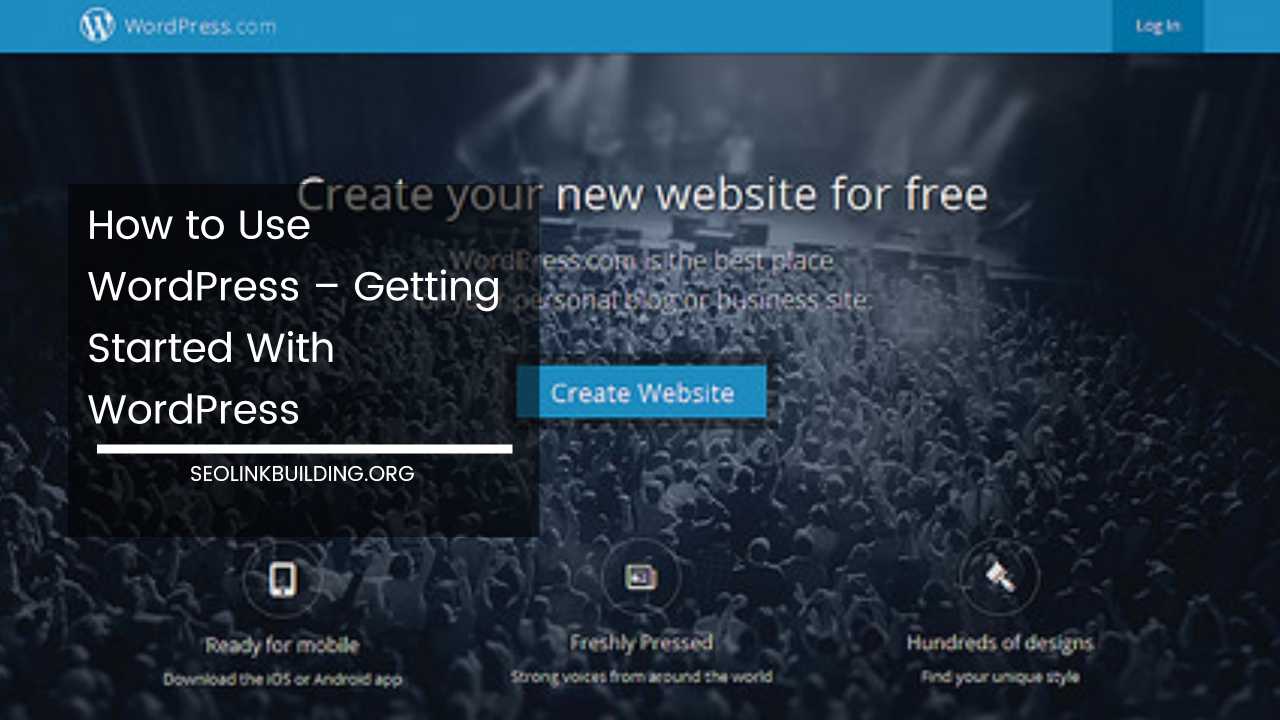Strategies to Uncover Untapped Keyword Ideas with Great Traffic Potential

Keyword Ideas
In the dynamic and highly competitive world of digital marketing, search engine optimization (SEO) stands as a cornerstone for online success.
Central to any effective SEO strategy is the ability to identify untapped keyword ideas that not only resonate with your target audience but also possess the potential to drive significant traffic to your website.
In this comprehensive guide, we will delve deeper into four powerful strategies to unearth untapped keyword opportunities, providing you with the tools to elevate your SEO game and outshine the competition.
1. Competitor Analysis: Unveiling the Secrets of Success
The first and foremost step in your quest for untapped keywords lies in a meticulous analysis of your competitors. Identify key players within your industry or niche and dissect their online presence.
Tools such as SEMrush, Ahrefs, and SpyFu offer invaluable insights into the keywords driving traffic to your competitors’ websites.
Begin by creating a list of your primary competitors and conduct a thorough examination of their content, meta tags, and overall keyword strategy.
While identifying keywords that consistently appear in their content is crucial, the real gold lies in identifying the gaps in their strategy. Look for keywords they might have missed or not fully optimized for.
In addition to focusing on broad keywords, pay attention to long-tail keywords that your competitors are targeting.
These specific and extended phrases often have lower competition and can be a lucrative source for attracting highly targeted traffic to your site.
2. Long-Tail Keyword Research: The Power of Specificity
Long-tail keywords, characterized by their specificity, are instrumental in attracting a more targeted audience. Utilize tools such as Google Keyword Planner, Ubersuggest, or AnswerThePublic to uncover long-tail keywords relevant to your niche.
Start by brainstorming general topics related to your business or industry. Then, use keyword research tools to identify specific, long-tail variations of those topics.
For instance, if you operate a fitness blog, rather than targeting the broad keyword “weight loss,” consider long-tail variations such as “effective weight loss workouts for beginners” or “healthy meal plans for sustainable weight loss.”
Creating content around these long-tail keywords not only enhances your chances of ranking higher in search engine results for specific queries but also establishes your site as an authoritative source within your niche.
3. Semantic SEO: Understanding Context and Intent
Semantic SEO involves grasping the context and intent behind user searches. Search engines have evolved to interpret the meaning behind queries, making optimizing for semantic relevance crucial for effective SEO.
Tools like LSIGraph or Google’s related searches feature can help identify semantically related keywords – terms and phrases conceptually connected to your main keyword.
By incorporating these related terms into your content, you provide a more comprehensive and contextually rich experience for both users and search engines.
For example, if your primary keyword is “digital marketing,” semantic variations could include “online advertising strategies,” “social media marketing tips,” or “content creation for digital platforms.”
Crafting content that covers a spectrum of related topics enhances the depth and relevance of your content, signaling to search engines that your site is a valuable resource.
4. Social Media and Forums: Tapping into Audience Conversations
Social media platforms and online forums serve as valuable sources of information about your target audience’s language, interests, and pain points.
Actively engage with your audience on platforms like Twitter, Facebook, Reddit, or industry-specific forums to gain insights into the terms they use and the topics that resonate with them.
Monitor discussions, questions, and comments related to your industry. Take note of the language your audience employs, as this can provide valuable keyword ideas.
If users are consistently using specific phrases or asking common questions, these can serve as inspiration for content creation and keyword optimization.
By actively participating in online conversations, you not only uncover potential keywords but also build a rapport with your audience, fostering a sense of community around your brand.
5. Content Gap Analysis: Identifying Unexplored Territory
To further refine your keyword strategy, conduct a content gap analysis. This involves identifying topics and keywords that your competitors haven’t covered or have only briefly touched upon. Tools like BuzzSumo or Ahrefs’ Content Gap feature can assist in this process.
Compile a list of your primary competitors and compare the topics they’ve covered with your own content. Look for gaps – areas where they may not have delved deep or overlooked altogether.
Addressing these content gaps not only provides you with fresh keyword opportunities but also positions your site as a comprehensive resource within your industry.
Additionally, consider exploring emerging trends and topics in your niche. Being at the forefront of industry developments allows you to capture untapped keywords before they become oversaturated.
6. User Feedback and Search Queries: A Goldmine of Insights
Your audience’s feedback, comments, and search queries are valuable sources of untapped keyword ideas. Pay close attention to the language your audience uses when interacting with your content.
Analyze comments on your blog posts, social media, and customer reviews for recurring phrases or questions.
Moreover, leverage search query data available through platforms like Google Search Console. Identify the terms users are using to find your site and understand the intent behind their searches.
This data not only uncovers potential keywords but also provides insights into the specific needs and interests of your audience.
By actively listening to your audience and incorporating their language into your content, you not only improve your keyword strategy but also enhance the overall user experience on your website.
7. Localized Keywords for Targeted Traffic
For businesses with a local focus, incorporating localized keywords is essential. Users often include location-specific terms in their search queries, and optimizing your content for these keywords can significantly enhance your visibility within specific geographic regions.
Use tools like Google Trends, Google My Business, or local keyword research tools to identify keywords relevant to your target location.
Include city names, landmarks, and region-specific terminology in your content to capture the attention of local audiences actively searching for products or services in their area.
Localized keywords not only improve your chances of ranking in local search results but also attract highly targeted traffic that is more likely to convert into customers.
Final Remarks: Mastering the Art of Keyword Discovery
In the ever-evolving landscape of SEO, mastering the art of keyword discovery is a continuous journey.
By combining competitor analysis, long-tail keyword research, semantic SEO, social listening, content gap analysis, user feedback analysis, and localized keywords, you can create a robust keyword strategy that not only attracts traffic but also establishes your website as an authoritative source in your niche.
Regularly update and refine your keyword strategy based on emerging trends, user behavior, and industry developments.
The ability to adapt to changing dynamics in the digital space ensures that your website remains at the forefront of search engine results, driving organic traffic and fostering sustained online success.
As you implement these strategies, remember that the key to unlocking SEO gold lies in a holistic and dynamic approach to keyword research and content creation.













